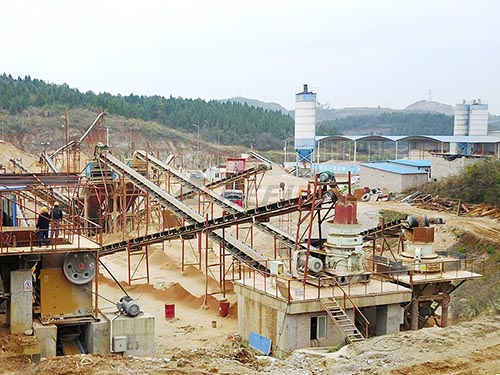The Unsung Hero of Construction: Mastering Crusher Run Compacted Gravel

Beneath the sleek asphalt of highways, supporting the foundations of sprawling warehouses, and forming the stable base for countless driveways and pathways lies a material whose importance far outweighs its humble appearance: Crusher Run Gravel, especially when expertly compacted. This unassuming blend of stone fragments and fines is the bedrock of stability in construction projects large and small. Understanding its composition, properties, installation nuances, and diverse applications is crucial for engineers, contractors, and savvy DIYers alike seeking enduring results.
Deconstructing Crusher Run: More Than Just “Gravel”
Often generically called “crush ‘n’ run,” “crusher run,” “quarry process (QP),” or “dense grade aggregate (DGA),” this material is defined by its specific gradation – a carefully engineered mix of particle sizes:
1. The Composition: Produced by crushing larger quarry stones (typically limestone, granite, trap rock, or occasionally concrete rubble) through primary and often secondary crushers.
2. The Gradation: The defining characteristic is the inclusion of all particle sizes from the maximum specified size (commonly ranging from 1 inch to fines passing a 200 sieve) down to stone dust or “fines.” A typical specification might be “3/4-inch Crusher Run” or “1-inch Crusher Run,” indicating the top size.

3. The Fines Factor: The presence of angular stone dust and small particles (typically comprising between 10% to 20% by weight) is not incidental; it’s fundamental. These fines fill the voids between the larger stones.
The Alchemy of Compaction: Transforming Loose Aggregate into Engineered Fill
Loose crusher run gravel has utility but limited structural integrity. Compaction is the transformative process that unlocks its true engineering potential:
1. Mechanics of Compaction: Mechanical energy (vibration, impact, pressure) applied by rollers, plate compactors, or rammers forces particles closer together.
2. Void Reduction: Air pockets between particles are dramatically minimized as particles shift and reorient.
3. Fines Mobilization: The angular fines become fluid under compaction pressure, migrating downwards to fill even the smallest gaps between larger stones.
4. Particle Interlock: Angular crushed stones lock together tightly under compaction pressure like a three-dimensional puzzle.
5. Achieving

Leave a Reply